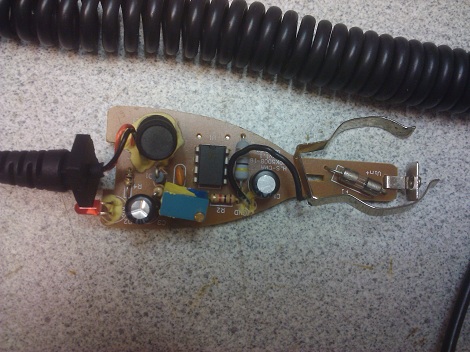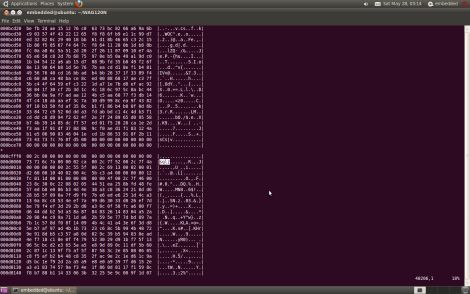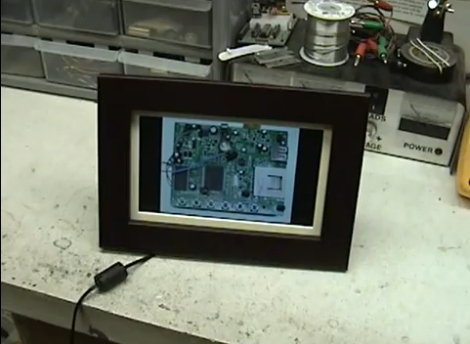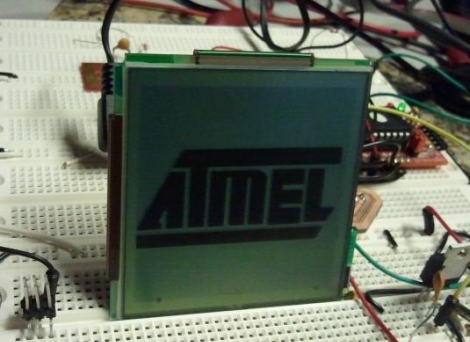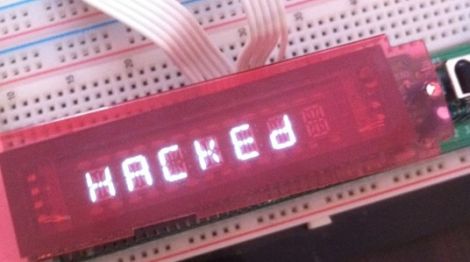
[Mostafa] was a bit bored and had a broken DVD player sitting around, so he decided to take it apart to see what made the machine’s LCD panel tick. Once he popped it open, he discovered it wasn’t an LCD panel at all, it was a VFD.
The seven segment display looked to be controlled by an ET16312n VFD driver, so he dug around online and found a datasheet for the chip. After looking at the documentation he was pretty confident he could get things working without too much trouble. He started tracing the board for the STB, CLK, Din, and Dout leads he needed to set up serial communications with the panel and was on his way in no time.
He hooked the panel up to the parallel port on his computer, and got busy hammering out some C code to write text to the display. Right now, the code lets you scroll text across the display, which is about as far as [Mostafa] cares to take it. It was done mostly as a proof of concept exercise, but since this VFD is compliant with the same NEC programming standard that most VFDs use, his code can likely be reused to drive any similar display with very little tweaking.


